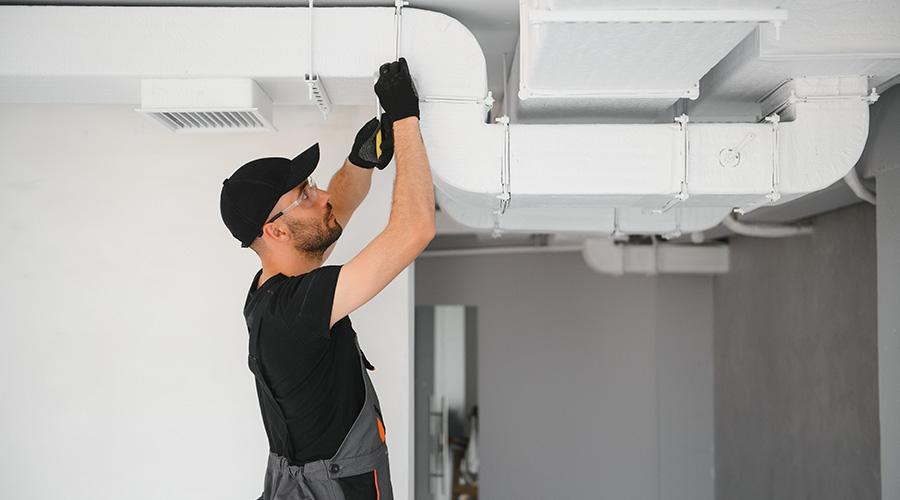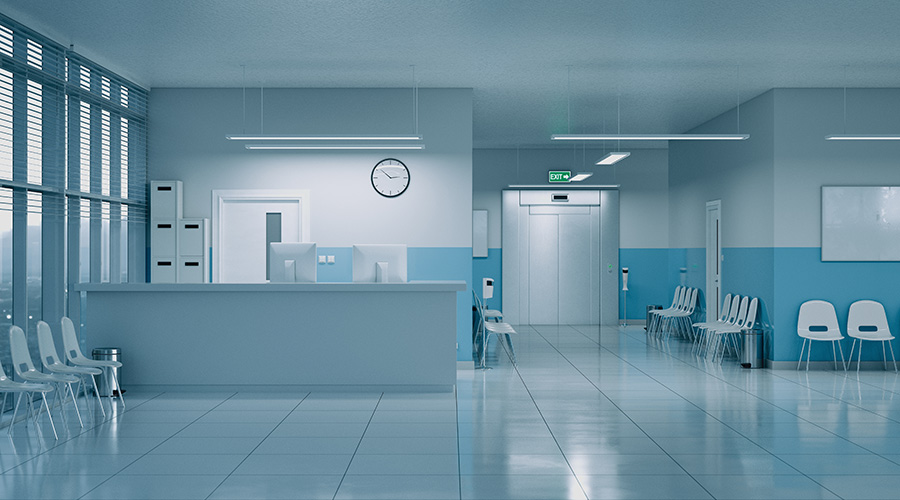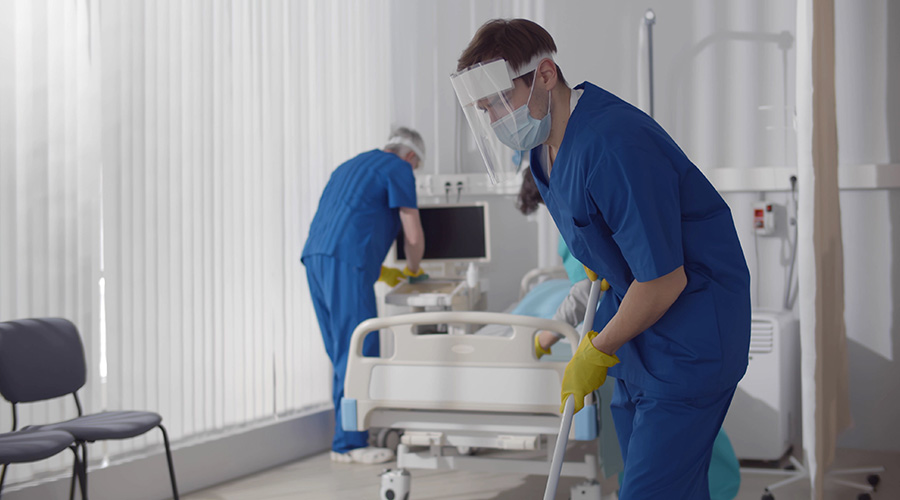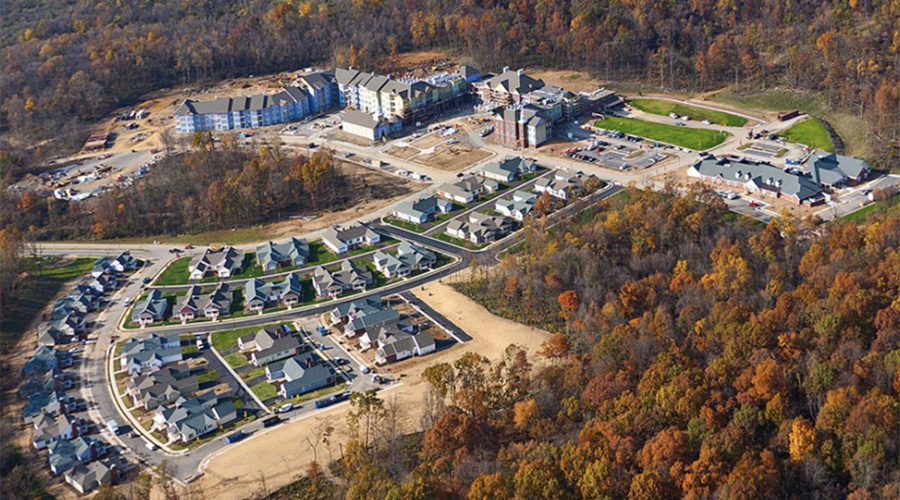There’s a growing shift toward dedicated HVAC units per operating room (OR) in modern healthcare facility design. This is driven by a surge in smaller facilities wanting more individualized and precise control over temperature and humidity in surgery settings. However, introducing several units creates an engineering puzzle: more equipment, more penetrations, tighter spacing constraints.
Healthcare Facilities Today spoke with Aaron Shadlow, architectural designer, Sarah Hoistad, design manager, and Bryan Eubank, director of preconstruction at Neenan Archistruction, to better understand the complexities of practically applying dedicated HVAC units per OR.
HFT: What are some of the biggest design and engineering challenges when implementing individual HVAC systems per OR?
Aaron Shadlow: One design challenge there is structurally you end up with a few more penetrations through your roof, so there’s a bit more to account for with that. Also, with each individual unit, there has to be a certain distance away from each operating room. Then there comes some positioning of each of the units on the roof that you have to account for, and it’s a bit of a puzzle that way.
On top of that, the plumbing systems also have vents that have to go out into the roof, and those vents have to be a certain distance away from each unit. When you end up with more units on the roof, you have to keep those exhaust vents away from the intakes on the units. Those also have to be a certain distance away from the units as well. It becomes a different puzzle that you have to play with where these units get placed on the roof all while bearing in mind where the exhausts are relative to the intakes.
Related Content: Why Ambulatory Surgery Centers Are Turning to Dedicated HVAC Systems
Sarah Hoistad: The other thing to note is typically there are multiple ways to add humidity into those decks, but there are humidity requirements for each OR. If you have them separate, you’ll have to find room for separate humidifiers if you use individual units per OR versus having one humidifier for a larger unit that then feeds the ORs. There’s just more to find room for.
HFT: How does your team coordinate with infection prevention professionals and clinical staff during design to ensure the systems meet both safety and workflow needs?
Hoistad: We communicate a lot with the users of the OR, such as the doctors and the nursing staff, to make sure that these areas function how they need them to be. A lot of the time, they have specific humidity and temperature requirements. Many of the doctors have exact temperatures that they like their ORs to be in depending on what type of surgeries they’re doing. So, to be able to meet those, we have a lot of conversations with those doctors.
A lot of doctors have exact temperatures that they like their ORs in, depending on what type of surgeries they are doing. So in order to be able to hit those, we have a lot of conversations with those doctors. We also have many conversations with our mechanical engineers and other engineers to make sure that those units are going to function as intended.
Another thing to note is that many times the surgery centers have a specific infection control risk person that we frequently meet with depending on the time of design. They can be more involved once we have more detail around the system to make sure that they’re not seeing anything that we’re not and vice versa.
Bryan Eubank: Infection control on a renovation versus a brand-new project is definitely different from the constructability side of how we manage that. We also must keep negative pressure in the renovation areas, so we’re not contaminating spaces that are already in use.
Jeff Wardon, Jr., is the assistant editor of the facilities market.

 Sutter Health Announces Plans for New Santa Clara Medical Center
Sutter Health Announces Plans for New Santa Clara Medical Center Sanford Health Receives $300M Gift for Black Hills Medical Center Campus
Sanford Health Receives $300M Gift for Black Hills Medical Center Campus Wanted: Scientific Standard for Hospital Cleaning
Wanted: Scientific Standard for Hospital Cleaning NLCS Strengthens Safety and Compliance with Comprehensive Electrical Program
NLCS Strengthens Safety and Compliance with Comprehensive Electrical Program